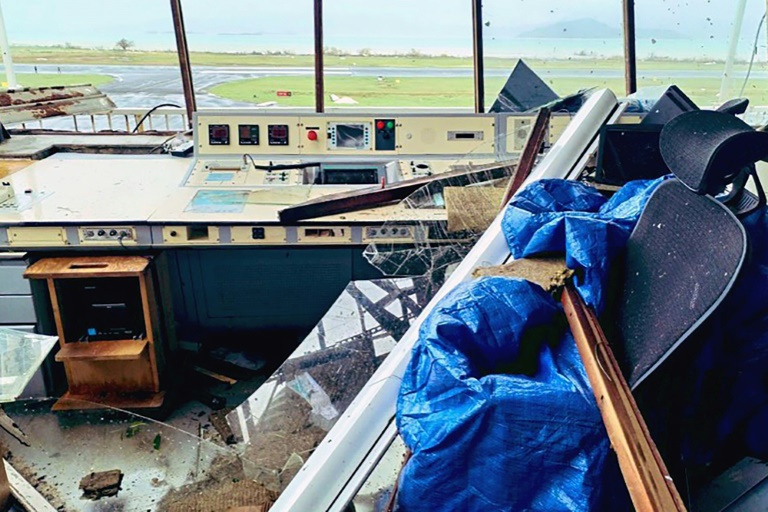SLUMPING office property values are rippling through US banks, with smaller lenders in particular ramping up the use of loan modifications in their commercial real estate books.
The typical bank with less than US$100 billion of of assets modified 0.32 per cent of its CRE loans in the first nine months of the year, a Moody’s Ratings report found. That’s a big increase from the first half of 2024, when it was just about 0.1 per cent.
But it’s also a far lower percentage than other kinds of lenders have modified: for medium-sized banks, the share was 1.93 per cent in the first nine months, and for the biggest, it’s 0.79 per cent, the report found. The difference is probably not because smaller lenders made better loans, but rather, because they have been slower to confront declining commercial property prices.
Modifications are typically sought by struggling landlords looking to put off making payments and get short-term extensions on loans. Their increased use is the latest sign of rising distress in CRE credit as a wave of loans come due for refinancing.
Much of the focus is on regional banks, which are especially vulnerable because they often took lower down payments than their larger counterparts in the years leading up to the interest-rate hikes that began in 2022. That means they have less of a buffer before taking losses after office and apartment complex values fell at least 20 per cent since the peak.
At the same time, the bigger US lenders, which are subject to stress tests and other forms of intense regulatory scrutiny, have so far been setting aside more money to cover bad loans than smaller banks, according to Rebel Cole, a finance professor at Florida Atlantic University who also advises Oaktree Capital Management.
A NEWSLETTER FOR YOU
Tuesday, 12 pm
Property Insights
Get an exclusive analysis of real estate and property news in Singapore and beyond.
Concerns about future losses have contributed to stock price underperformance for smaller banks, with the KBW Regional Banking Index gaining about 17 per cent this year compared with around 30 per cent for the KBW Nasdaq Global Bank Index.
About US$500 billion of CRE mortgages will mature in the next year “and a significant portion of them are going to go into default,” Florida Atlantic University’s Cole said. “There are going to be fire sales. They’re gonna put more downward pressure on commercial real estate prices across the board.”
Federal Deposit Insurance Corp chairman Martin Gruenberg warned on Dec 12 that weaknesses in some loan portfolios in the banking system, including offices and multifamily, continue to warrant close monitoring.
Office loans will plague public mortgage Reits and the vast majority of banks for a long time to come, Mike Comparato, president of Franklin BSP Realty Trust, told analysts last month. Those assets are trading “at levels that were simply unfathomable a few years ago. We are also hearing anecdotes of lenders unwilling to take title to office assets to avoid the mark-to-market realities.”
Adding to the pain for lenders, this year’s interest-rate cuts by the Federal Reserve haven’t flowed through to lower long-term borrowing costs. That makes it more difficult for landlords to refinance their debt at a level that can be covered by the rental income.
“There’s starting to be some capitulation,” said Robin Potts, the chief investment officer at the real estate unit of special situations investor Canyon Partners. “Borrowers who aren’t making payments can’t extend forever.” BLOOMBERG







